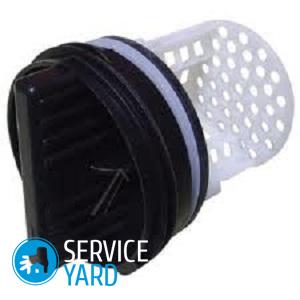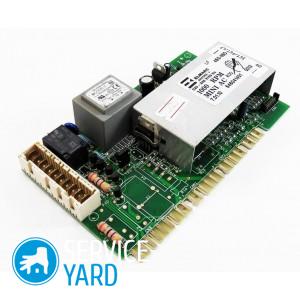The washing machine does not pick up water

Household appliances is a modern helper for housewives. We are all so used to using various devices daily that any improper operation causes genuine horror. For example, you started a laundry, put things in a washing machine, filled in powder, chose a program and ... Nothing happens, the washing machine does not pick up water. It seems that the situation is complicated, because without water “not tudy and not syudy”. But do not aggravate the situation, since the reasons that the machine is not picking up water can be quite commonplace. Let's understand and consider what simple or complex reasons led to the cancellation of the washing process.
to contents ↑The washing machine does not pick up water - reasons
Usually, after several years of operation, a malfunction is quite common when the washer does not collect water at all or does it rather slowly. In most cases, this problem can be solved with your own hands, without calling the wizard.
We list the simplest and most common causes of poor-quality operation of the unit:
- Lack of water in the water supply or insufficient pressure. There is only one way to solve the situation - to wait for water. Perhaps the public utilities started another preventive work. If the pressure is weak constantly and there is no required pressure, then the issue can be solved by installing the pump by installing it on the inlet line supplying water to your apartment. Choose a device of such power that the pump provides water not only for the washing “assistant”, but also for the kitchen, toilet and shower.
- Incorrect position of the water supply tap to the unit. In this situation, panic is useless and stupid, like calling a master - just try to open the tap to the stop. If the stop valves are broken, replace them.
- The lock in the hatch is broken (the door is not tightly closed). Reasons why the washing machine does not close:
- Locking does not occur when the door is closed.
- Door lock elements do not work.
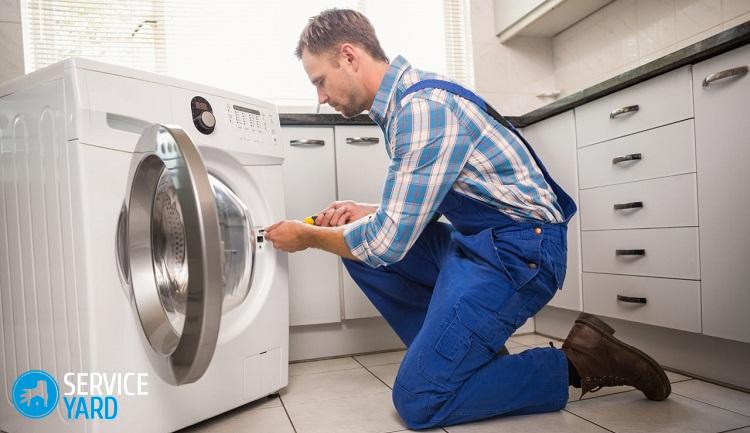
Important! If there is no fixation of the door in the hatch, then the plastic guide located under the tab for fixation is damaged. Such a breakdown could occur due to the warping of the hatch door - during long-term operation of the unit (loops on the door loosened). In some models, the door is not fixed due to a broken hook or a special tongue that could move or deform. Fix the breakdown and the problem disappears - the equipment will work as before.
- Clogged inlet filter. To date, in front of such a device, a filter from a metal mesh is required. It traps sand, pieces of rust, dirt that come from a centralized water supply network. If the filter is clogged, then, accordingly, it reduces the water pressure. As a result, the device does not work well and you are tormented by the question of why the washing machine is not picking up water. To correct the situation, you need to check the filter itself and part of the adjacent pipe for clogging.
- Clogged hose through which water is supplied to the machine. If water collects slowly, the cause may be a hose through which water is supplied from the water supply to the unit. Disconnect the hose from the machine and flush it, pushing the hose through your hands to break the clog. If it was not possible to wash it, then replace the part.
These are the most elementary reasons why the washer does not collect water in full. Household appliances of this type are a rather complex device with an electronic control unit. We will analyze the most complex reasons why the Beko, LG, Samsung, Ariston, Zanussi, Ardo, Indesit, Atlant washing machine does not pick up water.
to contents ↑The complex reasons for the lack of water in the washer
In addition to the above factors, there are a number of reasons for the lack of water supply. Most of them can only be fixed in a professional service center.
The programmer or control module is broken
Electromechanical programmers are a very complex functional unit. The main defects of the high-tech unit arise in the contact systems of the control modules, due to the ingress of washing solution or directly water. Also the cause may be a short circuit in the external circuit.
A difficult defect, of course, will cause you a lot of trouble, because the device must be sent to a service center and completely replaced. If the defect is not very complex, then it can be eliminated at home. But only a qualified specialist can determine the complexity of a breakdown.
Important! If you decide to fix this machine malfunction yourself, be sure to find out more information about such a malfunction by reading our separate post "The control module of the washing machine".
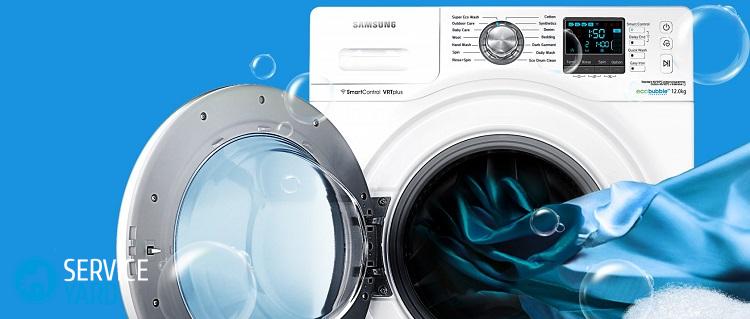
The valve on the water supply broke
Water is supplied to the household appliance under pressure, which is inevitably present in the water supply network. The flow opens by means of a special stop valve - a valve. Its position is corrected by signals from the control module. If the inlet valve is worn, deformed or covered with corrosion, then the washer “physically” will not be able to draw water.
Reasons for failure can be:
- Grid filter clogging.
- Blown coil winding.
Almost all coils are interchangeable. If the cause of coil breakage in one of the valve sections, replace the breakage with a coil from another valve.
Valve inspection can be done independently without removing them from the machine. To do this, you need a power cord with contacts and a switch. The first should be in insulating covers. Procedure:
- Connect the valve inlet to the piping with nominal pressure.
- Apply voltage to the winding - this should open the valve.
- Carefully monitor how quickly the valve closes after turning off the power.
- If water is still flowing without food for some time, this indicates that the cuff has lost flexibility. The part must be replaced with a new one.
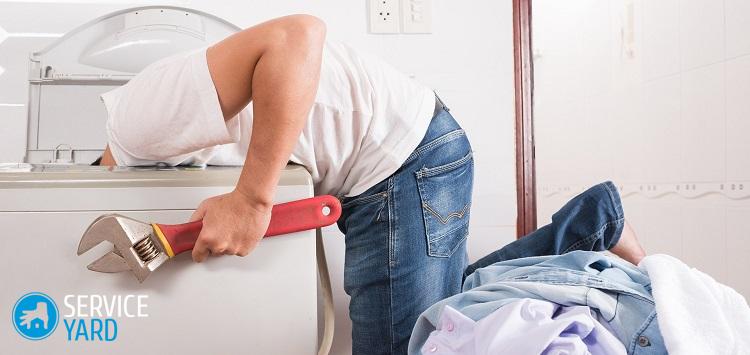
The pressure switch is broken
A water level sensor (pressure switch) is installed to measure and control the amount of water that is needed for washing. If the sensor fails, then the machine is not able to determine the water level, which means - to carry out the washing process.
It's all about the design of the pressure switch:
- In the process of water entering the unit tank, the air in the lower chamber of the sensor and the hose acts on a flexible membrane made of rubber.
- Under air pressure, the diaphragm (membrane) bends, the tip of the pressure pad presses on the spring of the contact group.
- As soon as the desired water level in the tank appears, the contacts switch and turn off the power from the water supply valves - the washing machine is put into washing mode.
- As soon as the laundry absorbs the water entering the tank, the pressure sensor will again supply power to the water supply valve - the machine will add water to the required level.
Important! To fully verify the operation of the pressure sensor, disconnect the pressure hose and attach a piece of the same rubber or silicone hose instead. Blow into it and, when switching contact springs, you will hear distinct clicks. If you are convinced of a malfunction of the water sensor, then call the wizard to replace it.He will fix the breakdown, which means that you will no longer be puzzled by why the washing machine is not picking up water.
If you encounter the opposite problem when the machine does not drain the water, try to fix it using the information from our publications:
- How to clean the drain hose in an Indesit washing machine?
- How to clean the drain hose of the washing machine?
Stock footage
If checking the fittings, pressure and filter did not give the expected result, then seek the help of qualified specialists. It is almost impossible to see with a naked eye what exactly has broken. Therefore, do not play charades with equipment, because independent repairs can often lead to more serious, and therefore more costly, breakdowns.




